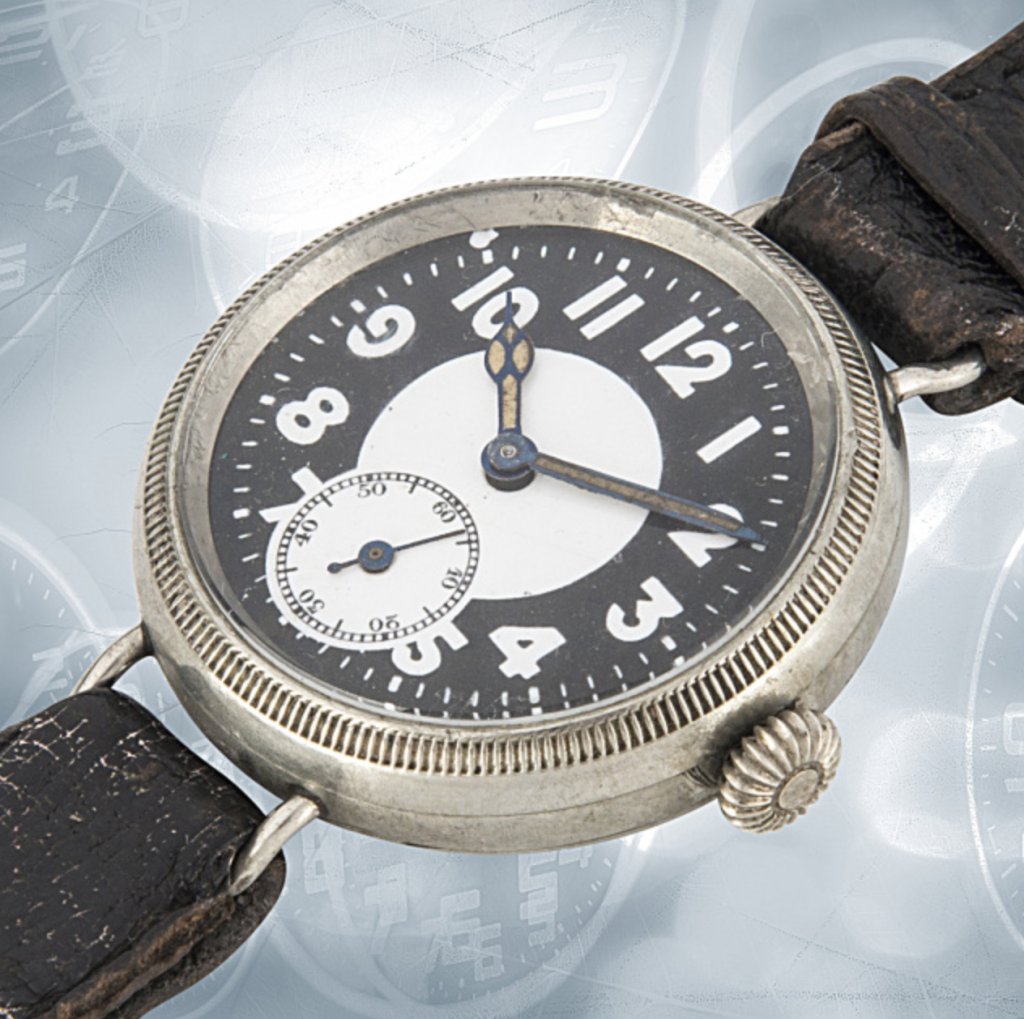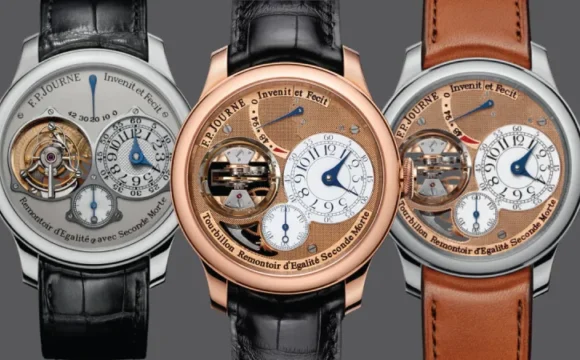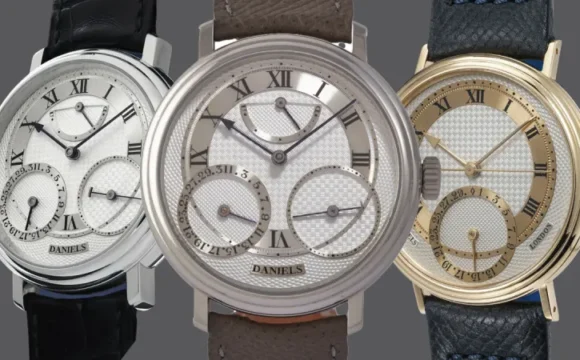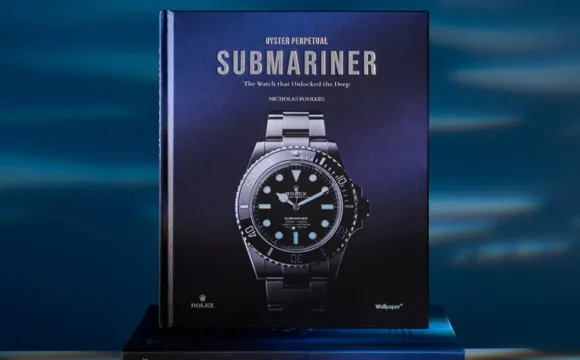แม้เข็มวินาทีกลางหน้าปัดจะไม่ได้เป็นวิวัฒนาการทางทหารโดยตรง แต่ลองสำรวจนาฬิกาพกและนาฬิกาขุดสนามเพลาะ ที่ใช้กันในช่วงสงครามโลกครั้งที่ 1 ส่วนใหญ่จะมีช่องแสดงวินาทีย่อย กระนั้น นาฬิกาบางเรือนก็มีเข็มวินาทีอยู่ตรงกลาง ซึ่งทำให้การจับเวลา ไม่ว่าจะเป็นการคำนวณความเร็วบนพื้น การวัดชีพจร หรือภารกิจอื่นๆ พบได้ทั่วไปในกองทัพ ตัดภาพมาที่สงครามโลกครั้งที่ 2 นาฬิกาสนามขนาดเล็กจำนวนมากยังคงใช้หน้าปัดย่อยแสดงวินาที แต่เมื่อนาฬิกาสนามมาตรฐานทางทหาร เริ่มผลิตขึ้นในช่วงทศวรรษ 1960 หน้าปัดย่อยแสดงวินาทีก็ถูกจำกัดไว้สำหรับนาฬิกาจับเวลาเท่านั้น
ที่น่าสนใจคือ การวางเข็มวินาทีไว้ตรงกลางหน้าปัดจำเป็นต้องมีการเพิ่มเฟืองเข้าไปในชุดเฟืองของนาฬิกา รวมถึงเพลาหมุนแกนกลางแบบเรียงซ้อนอีกอัน ซึ่งในสมัยนั้น สิ่งที่ดูเหมือนเป็นเรื่องปกติธรรมดาในปัจจุบัน กลับถือเป็นการปรับแต่งกลไกนาฬิกาที่ค่อนข้างฟุ่มเฟือย
จากบทความโดย Oren Hartov
Though not strictly a military development, consider the impact of military timekeeping on the central seconds hand: Indeed, survey most pocket and trench watches used during the First World War, and you’ll notice that they largely feature subsidiary seconds displays. Certain of them, however, are outfitted with center seconds, which makes timing—whether for calculating ground speed, pulse taking, or any other task common in the military—much easier. Fast forward to the Second World War, and a surprising number of diminutive field watches still used sub-seconds. By the time dedicated mil-spec timepieces were being produced in the 1960s, however, sub-seconds were largely relegated to chronograph use.
It’s worth noting that locating a seconds hand at the center of a watch requires the addition of a wheel to the gear train as well as a third concentric rotating arbor, such that what seems so common today was considered then a rather extravagant mechanical adaptation.
From the article by Oren Hartov








